Helm Audio Bolt review: mini size, mega audio upgrade
This small headphone DAC will take your phone or laptop audio from acceptable to awesome

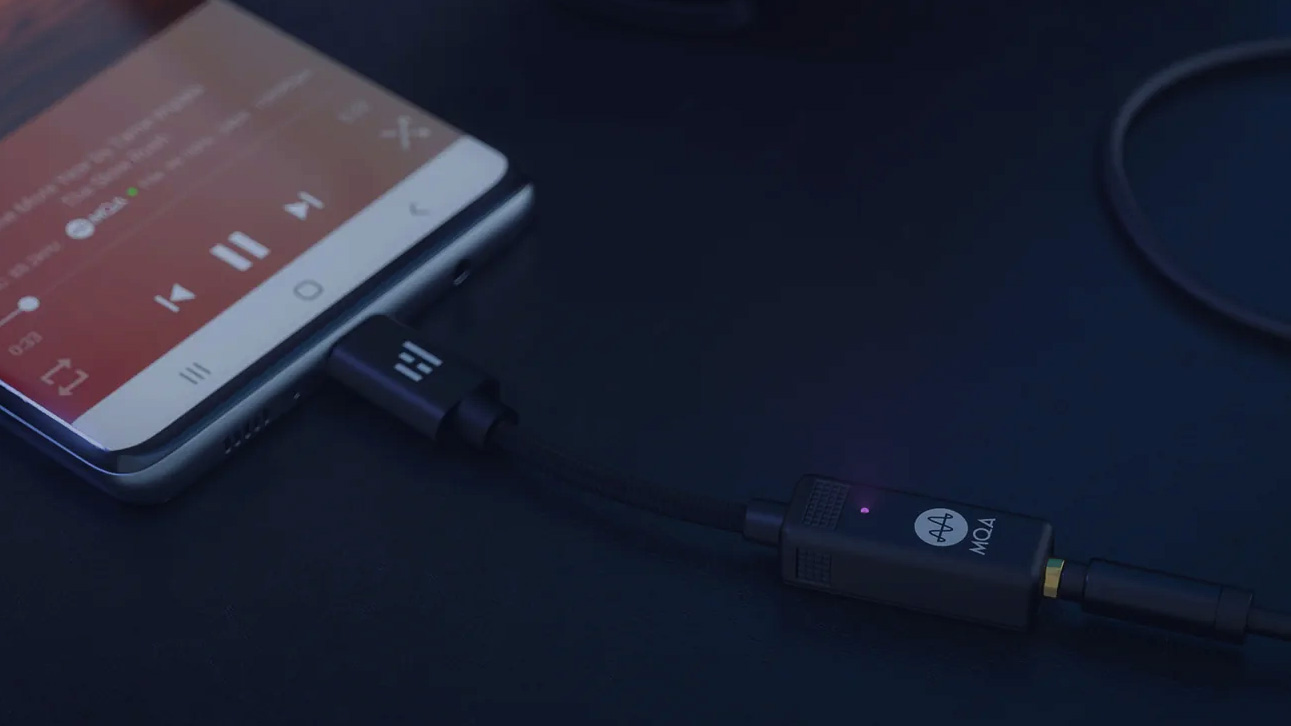
As simple and straightforward a way to make your smartphone or laptop sound like a decent audio source as you’ll find.
-
+
Poised, assertive sound
-
+
Well-made and thoroughly portable
-
+
Good digital audio file compatibility
-
-
Can get overly assertive at volume
-
-
Minimal user interface
-
-
Plenty of competition
Why you can trust T3

Lately it seems as if the entire world has suddenly realised most of the best smartphones generally sound atrocious as music players - and so companies are lining up to try and put this situation right by making the best headphone DACs.
Helm Audio is just the latest to serve up a tiny headphone-amp-and-DAC with Hi-Res Audio ability and the promise of a significant audio upgrade. So does it deliver audio quality at a cut of the price?
Helm Bolt Audio: Price & Availability
The Helm Audio Bolt is on sale now, and in the United Kingdom it sells for no more than £99. In the United States it costs no more than $119. While in Australia you shouldn’t pay more than AU$189.
That’s not a lot of money to put a rocket up the sound of your smartphone - but then again, Helm Audio is far from the only brand with a dog in this particular fight. Astell & Kern, AudioQuest, FiiO and iFi all have a similar-priced alternatives with which to tempt you - and we haven’t even got the second half of the alphabet yet.
Helm Bolt Audio review: Features & What's New?
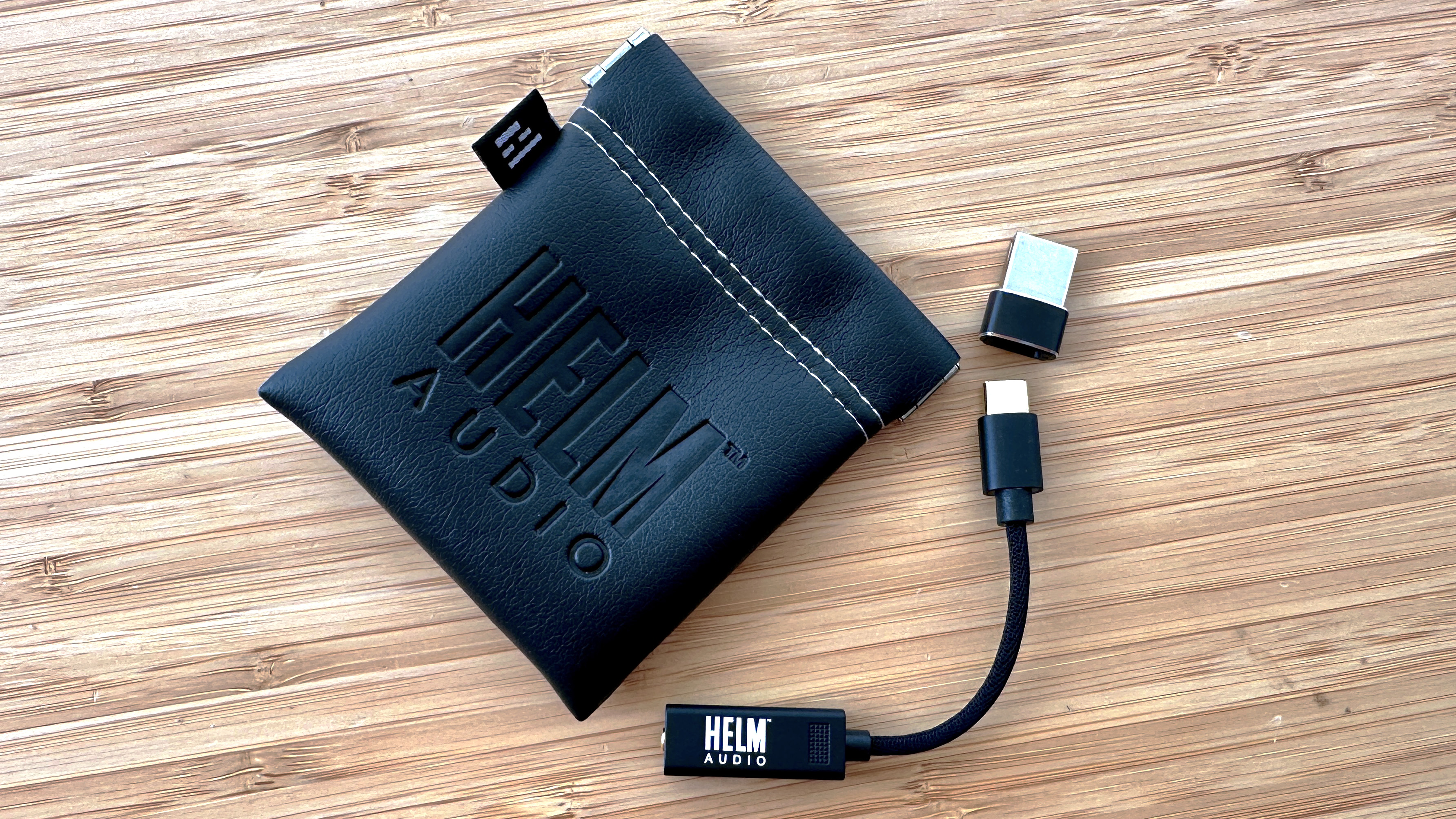
As far as ‘features’ are concerned, the Bolt is all business - it’s got the essentials, and that’s your lot. And when a product needs to be as small and light as is realistically possible, that seems only reasonable.
Helm Audio isn’t dishing the details of the DAC chipset inside the Bolt, but what’s definite is that it can deal with PCM files of up to 32bit/384kHz resolution and DSD256 too. It’s also an MQA renderer, so those streaming services that host MQA content can be fully exploited.
One of the Bolt’s two little blocks features a single LED that lights up in one of three colours - which colour you get depends on the digital audio file you’re listening to. ‘Blue’ means it’s less than 48kHz, ‘red’ means it’s greater than 48kHz, and ‘purple’ indicates it’s MQA.
What else? Well, there’s a useful USB-C / USB-A adapter and a little bag to carry everything in. That’s your lot - and, let’s face it, that’s really all you need.
Helm Bolt Audio review: Performance
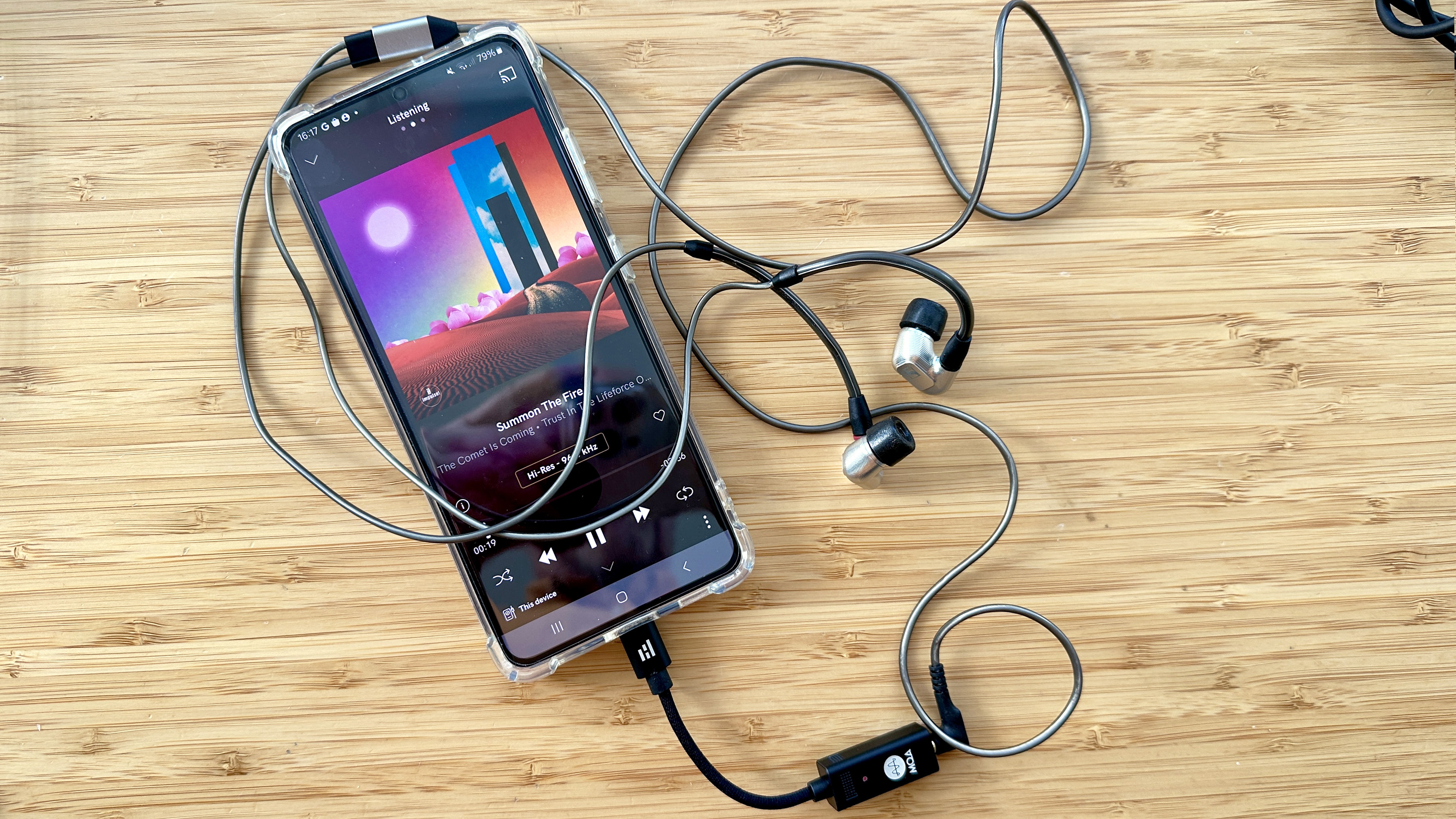
Subscribers to the top-tier of a worthwhile music streaming service know it’s possible to access an awful lot of high-resolution audio content - and as long as the service’s native app is loaded onto your smartphone or laptop, plugging the Helm Audio Bolt into its USB-C socket means you can hear it all as it's intended to be heard.
And the short story is: the sound you get via the Bolt is so superior to the sound you get by plugging directly into your device’s headphone socket it’s almost comical.
It’s a fast and reasonably upfront listen, this Helm Audio device, with a very pleasant ability to extract and contextualise an awful lot of detail about every aspect of the digital audio file it’s dealing with. Given a top-of-the-shop 24bit/192kHz FLAC file to deal with, it demonstrates proper momentum and control, powering through low-frequency information with straight-edged efficiency and expressing rhythms with real positivity as a result.
The top of the frequency range is bright (but not dangerously so), and through the midrange the Bolt communicates eloquently - singers of all types get to express their technique, their character, their emotional state and their position relative to every other element of a recording with confidence.
The whole frequency range is nicely integrated from top to bottom, and soundstaging is such that even a very complex, multi-faceted recording is laid out coherently - so it’s simple to identify and isolate specific elements if that’s the sort of thing you’re into.
It’s not the most dynamic device you've ever heard, to be fair - it tends to hint at big changes in volume and/or intensity rather than making them absolutely explicit. And if you decide you want to listen at properly significant volumes it can get a little hard and two-dimensional - but all you need to do is turn it down a bit and normal service is resumed.
Helm Bolt Audio review: Design & Usability
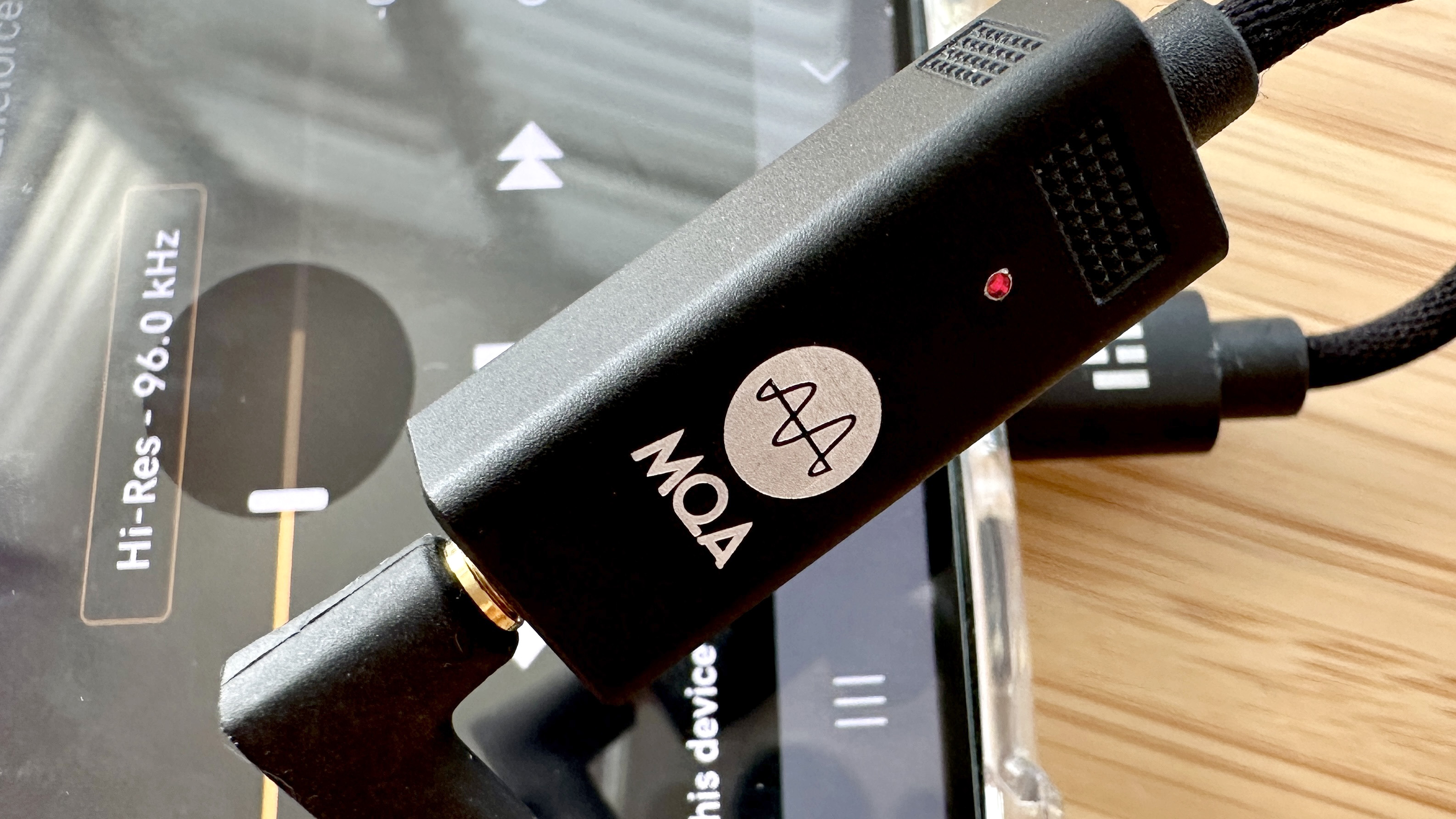
If design is ever dictated by function, it’s happening here. At one end of the Helm Audio Bolt is a USB-C connection in a little plastic housing, and it’s connected to a slightly larger metal block containing all the decoding and amplification hardware via a short length of braided cable. This block also has a 3.5mm unbalanced headphone output. The quality of construction and finish is more than adequate.
And as far as ‘usability’ goes, I’m not sure a more simple-to-operate product exists on the pages of T3.com. Plug the Bolt’s USB-C connection into the USB-C output of your smartphone or laptop. Plug your headphones into its 3.5mm output. Put on your best headphones and press ‘play’. Sorted.
Helm Bolt Audio review: Verdict
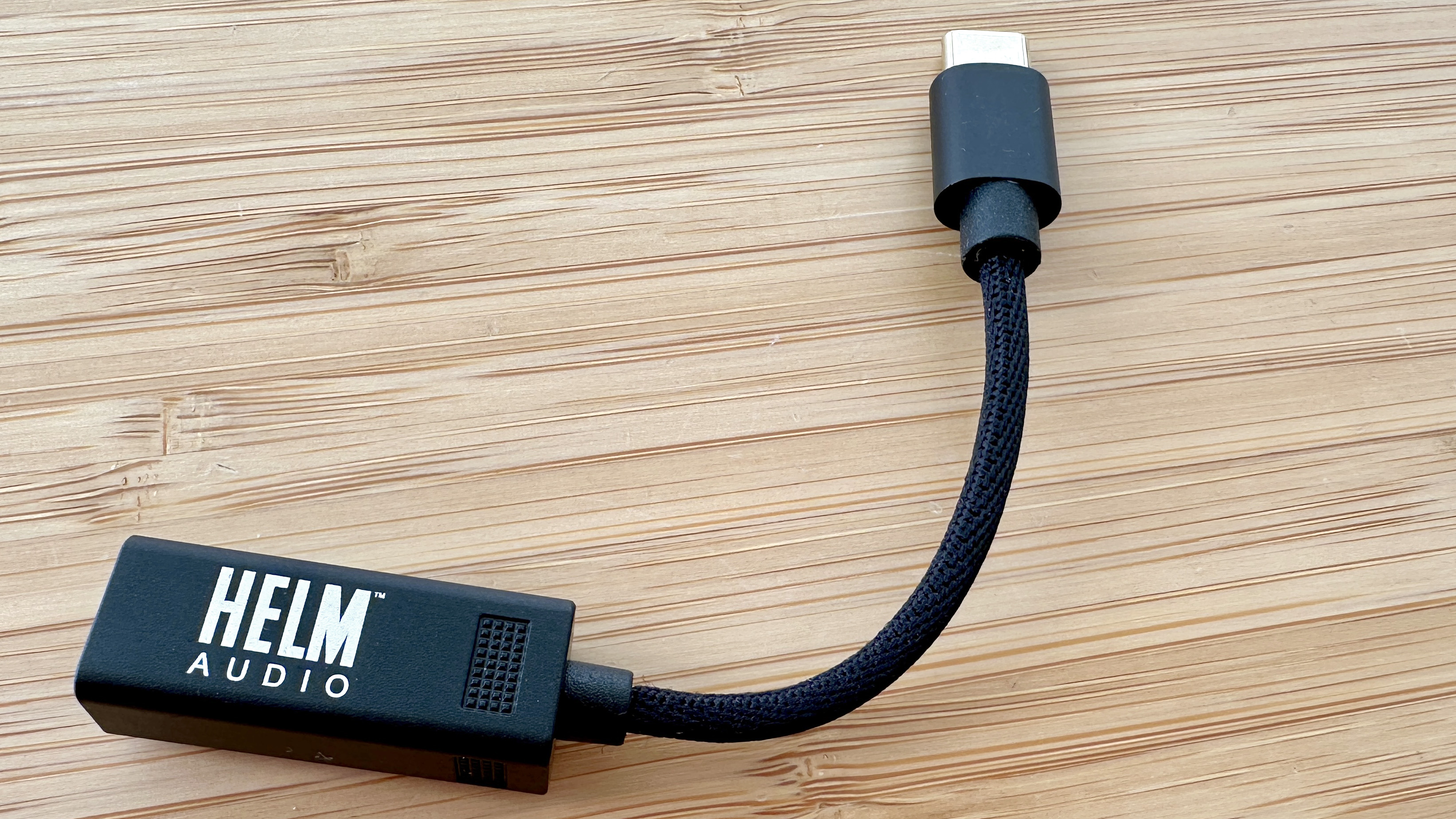
Yes, you can look at the Helm Audio Bolt and wonder where exactly all your money has gone - it’s just a small amount of metal and an even smaller amount of plastic joined together with a short length of cable, after all.
But if you listen to the difference it can make to your portable audio enjoyment, you’ll soon realise it represents very good value for money indeed. This is a superb-sounding and super-portable headphone DAC that's well worth its asking price.
Also consider
What iFi Audio doesn’t know about products like this isn’t worth knowing, frankly - and its Uno headphone amp/DAC is even more affordable than the Bolt. It’s quite a bit bigger in absolute terms, though.
The AudioQuest Dragonfly Black is closer in size to the Bolt, and is a very fine performer in its own right. It only has a USB-A connection and will need an adapter to work with your smartphone though.
Sign up to the T3 newsletter for smarter living straight to your inbox
Get all the latest news, reviews, deals and buying guides on gorgeous tech, home and active products from the T3 experts
Simon Lucas is a freelance technology journalist and consultant, with particular emphasis on the audio/video aspects of home entertainment. Before embracing the carefree life of the freelancer, he was editor of What Hi-Fi? magazine and website – since then, he's written for titles such as Wired, Metro, the Guardian and Stuff, among many others. Should he find himself with a spare moment, Simon likes nothing more than publishing and then quickly deleting tweets about the state of the nation (in general), the state of Aston Villa (in particular) and the state of his partner's cat.
-
 Final’s wireless gaming buds are a low-lag power-up for players
Final’s wireless gaming buds are a low-lag power-up for playersThese wireless buds deliver better-than-Bluetooth gaming performance
By Carrie Marshall Published
-
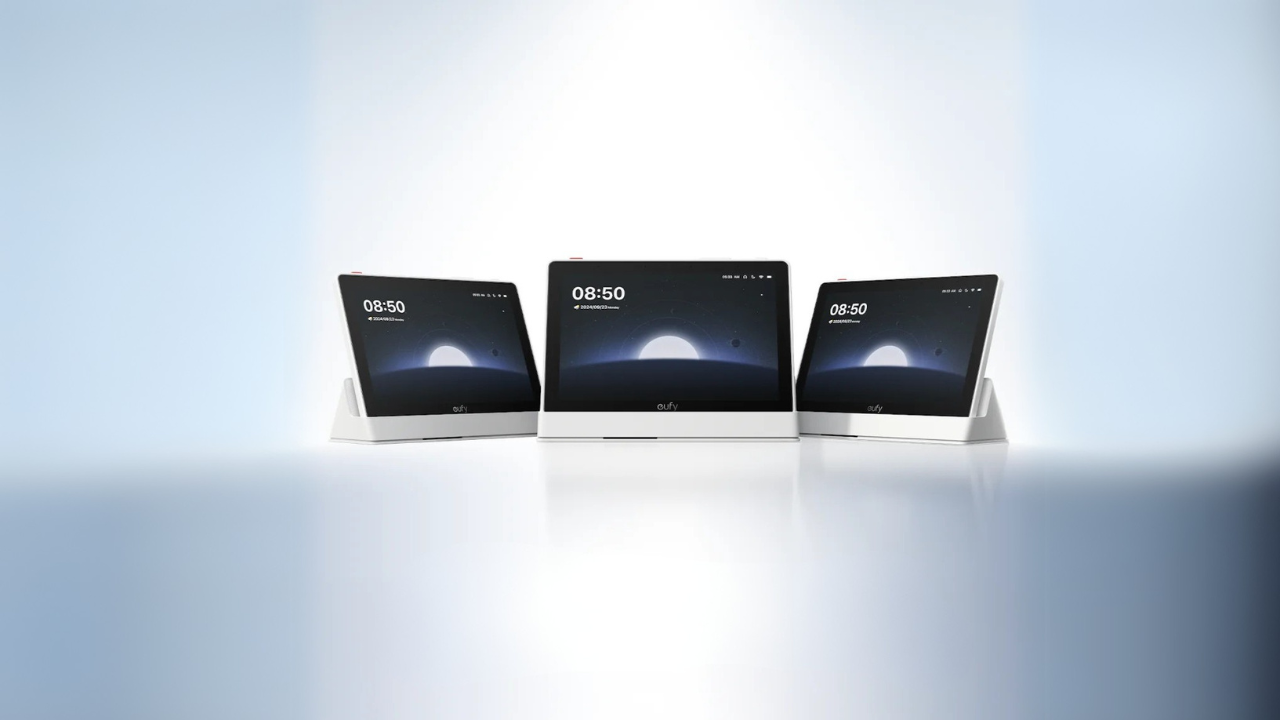 Is Eufy about to unveil its first-ever smart home display?
Is Eufy about to unveil its first-ever smart home display?Here's everything we know so far
By Lizzie Wilmot Published
-
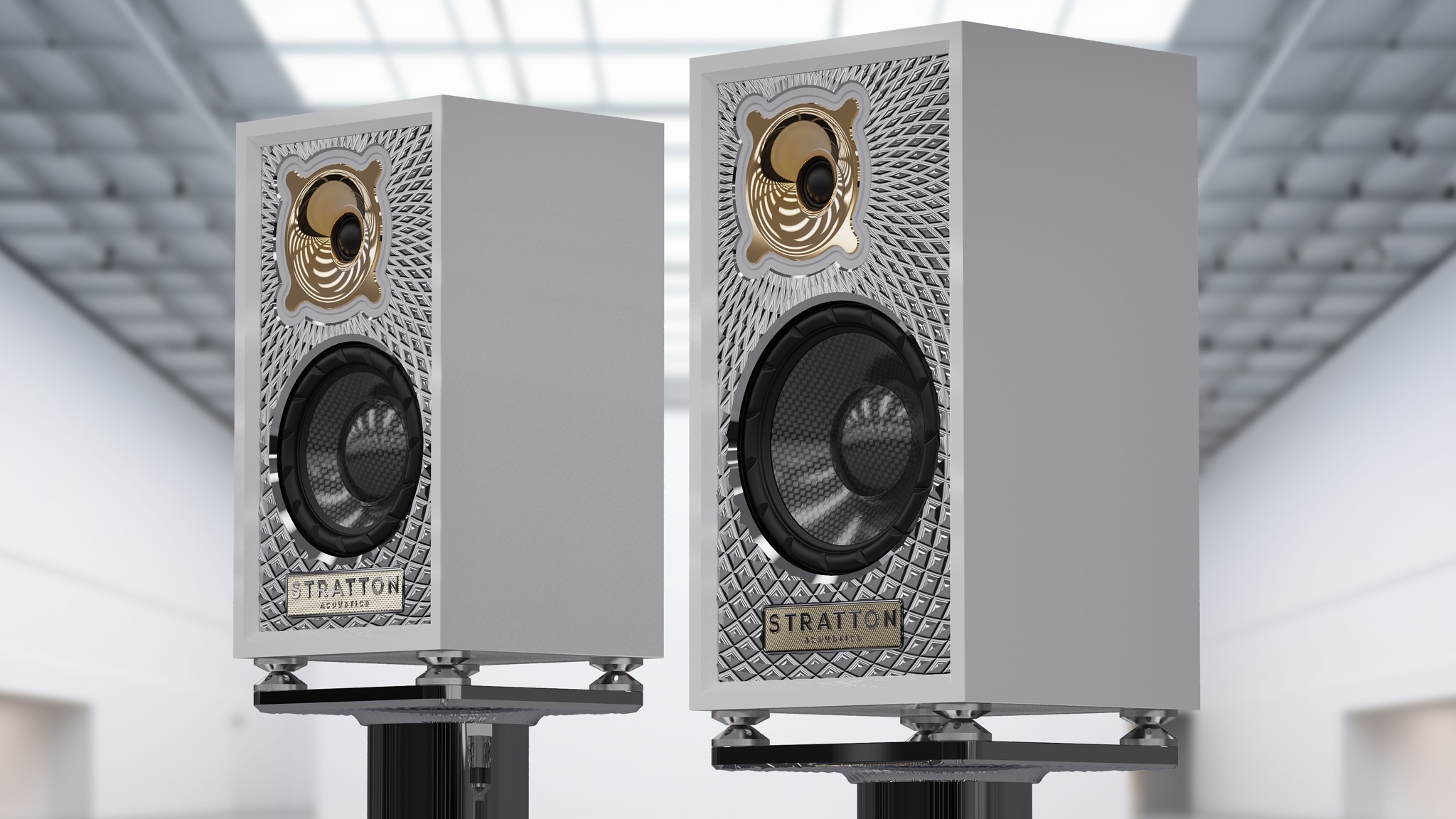 These British-built luxury speakers are so striking they’ll stop you in your tracks
These British-built luxury speakers are so striking they’ll stop you in your tracksStratton Acoustics' luxury speakers look stunning and promise performance to match
By Carrie Marshall Published